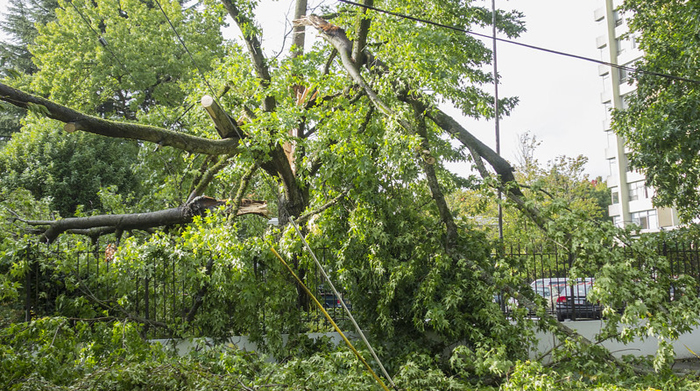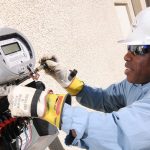Benefits of Automated Damage Assessment

Image courtesy of Alan Davey under Attribution-NonCommercial-NoDerivs 2.0 Generic License, resized to 700 x 391 pixels.
One key area that offers a lot of potential benefits for utility companies is the notion of automated damage assessment. Most of the time, damage assessors follow a process that relies on spreadsheets, paper maps and phone calls. Simply put, there has got to be a better way!
Why Automated Damage Assessment Makes Sense
Anecdotal information suggests that almost 80% of utilities perform damage assessment manually. But in this day and age, with the ubiquity of tablets and smartphones, it’s easier than ever to digitize the workflows as long as there is a software system in place to properly ingest and display the data.
Automated damage assessment enables the real-time transfer of information as soon as it becomes known – such as findings, notes, maps and photos, all of which can be tagged with GPS coordinates to streamline dispatch activities. Once the data is transmitted, storm personnel can utilize it to efficiently create work packets for each job, send out notifications to employees and suppliers, and modify directives on the fly as new information comes in.
The main benefit is time savings. With manual damage assessment methods, it can take 12 hours or more until the first of many spreadsheets is received. With automated methods, this 12-hour lag all but goes away. Data can be captured, transmitted, analyzed, and packaged much faster than with manual methods. The net effect is that outages can be restored more efficiently, something that will please customers, government officials, and company leadership.
And even with these benefits, implementation of automated methods is relatively straightforward. Field personnel already have mobile devices and know how to use them, so the heavy lift is to deploy a system or platform to receive, display and analyze the data. Of course, if the platform is to be integrated with other utility systems it becomes a more complex exercise, but either way, it’s not like we’re moving mountains here. Bottom line, there is little doubt that automated damage assessment is the way to go.



